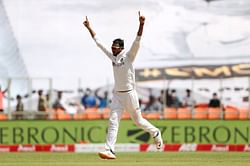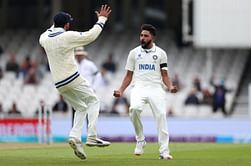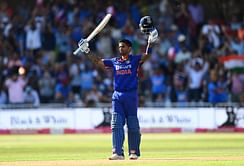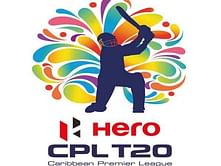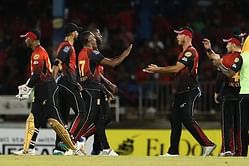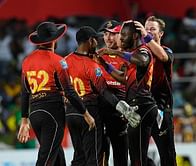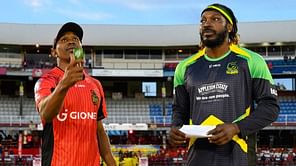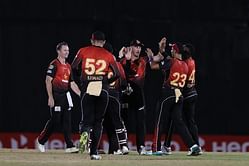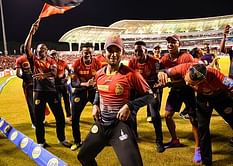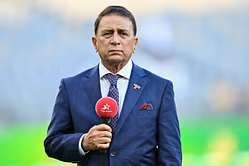The Queen’s Park Oval is the largest cricket stadium in West Indies in terms of capacity. It has a capacity of 25,000 and is located in Port of Spain, Trinidad and Tobago. It is often considered as the most picturesque cricket venues, with its breathtaking backdrops of the northern hills.
The “Concrete” stand of the stadium was renamed as the “Learie Constantine” stand in remembrance of the former West Indian legend. The West Indies are avid jovial followers of the game and no other section of fans are represented better as the spirit of Trinidad, than by the Learie Constantine stand.
The cricket ground is often called the home of West Indies cricket and is the home of Brian Lara.
The ground has two ends: The Pavilion End and the Media Centre End. The latter was renamed to Willie Rodriguez End in 2004.
![]()
History
The ground was leased by the Queen’s Park Cricket Club all the way back in 1896. The first ever match to be played there, is recorded as a match played between Lord Hawke’s touring party and the Queens Park Cricket Club team on 29th January 1987.
For a period of about 40 years, a clay strip was used on the ground over which matting was laid, as the natural turf was extensively damaged mole crickets.
The cricket ground underwent a facelift before the 2007 World Cup.
Major Matches
England were bowled out for 46 in 1994-95 in this ground against West Indies. With only 194 runs to win, the victory target was lower than all the three innings totals. However, the England batting line up was tore apart by pace spearheads Curtly Ambrose and Courtney Walsh, as only Alec Stewart registered double figures.
It was also the venue for the match in 1965-67 in which Gary Sobers generously declared leading to England’s victory and eventually levelling the series.
A very curious incident, on the last day of the match the West Indians were leading by 214 runs and had eight wickets in hand. Anything but a draw look improbable, when Sobers declared for the second time in the match. The star studded English batting line up of Barrington, Cowdrey, Boycott had to score 215 in just under three hours, and they did so with an aplomb as Boycott scored an unbeaten 80.
India scored a 406 for 4 to beat Clive Lloyd’s side in a previous record in 1976-77. Led by centuries from Sunil Gavaskar and Gundappa Viswanath, the Indian batsmen effectively chased the respectable target. Gavaskar went on to score five centuries, the most on the ground and his knock of 220 is the highest score at the Oval, making him the most successful batsman to have played on the ground.
Controversy
On 28th January 1960, during the England tour of West Indies, the West Indies side went from 22 for no loss to 98 for 8. The poor display agitated the crowds and bottles were thrown onto the pitch, and some of the spectators also ran into the field.
The match had to be halted because of the inappropriate chaos. The event was described as the “most dramatic Test matches for many years” by the Wisden and was called “unfortunate” as the situation turned “so bad that that a riot developed”.
The pitch allegedly crumbles during matches, aiding the spin bowlers. Former England captain Nasser Hussain was negative about batting on the pitch in the 2004 England tour of West Indies.
In 2012, the pitch was described as having a “slightly damp, tacky appearance” after rain, otherwise being tinder dry.
Recent Matches
The second ODI of the India tour of West Indies in 2017 was played at the Queen's Park Oval which was reduced to 43 overs due to rain. Ajinkya Rahane scored a ton as India set the target of 311 for West Indies. Indian bowlers defended the total well as India won the match by 105 runs.
